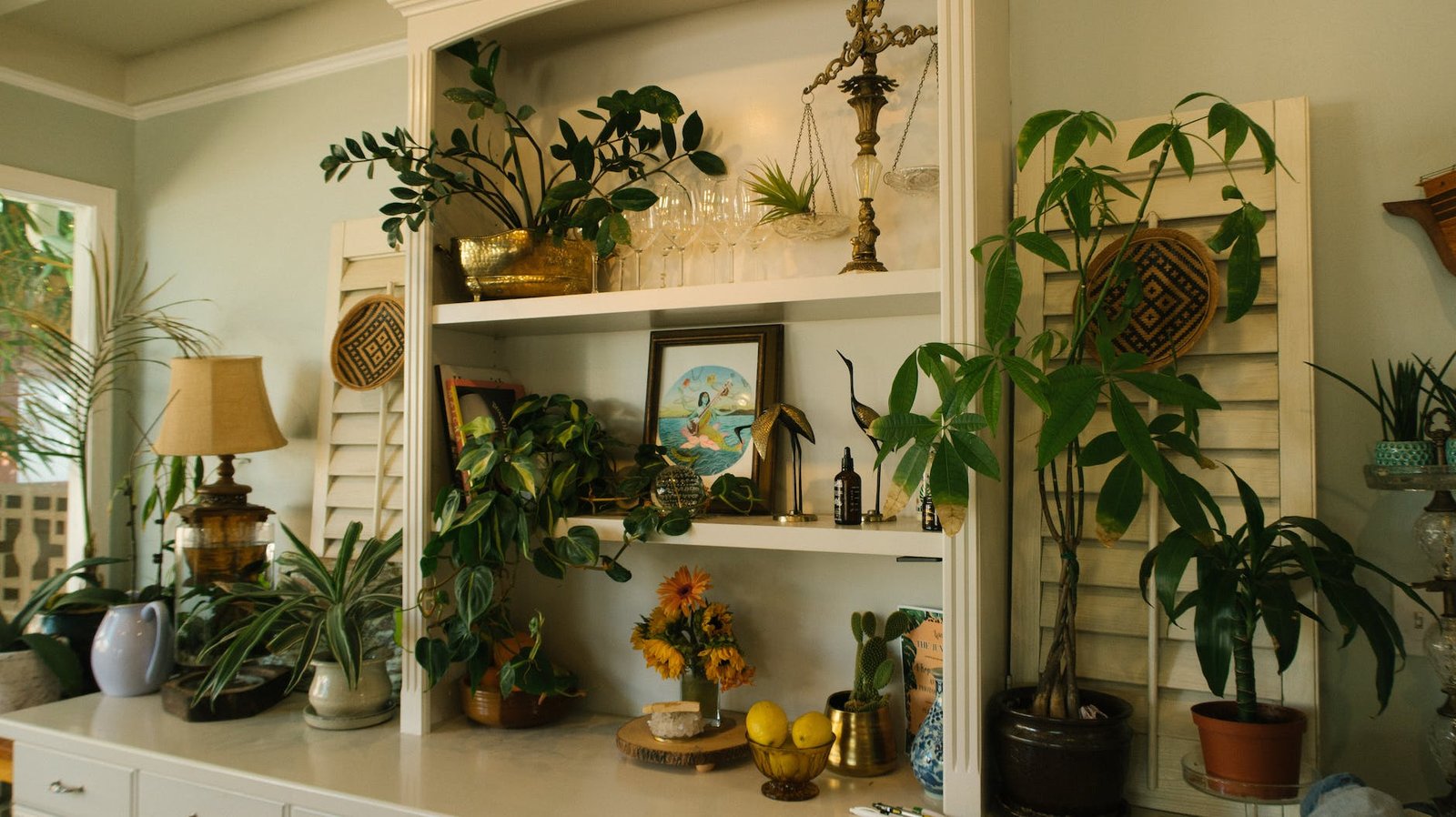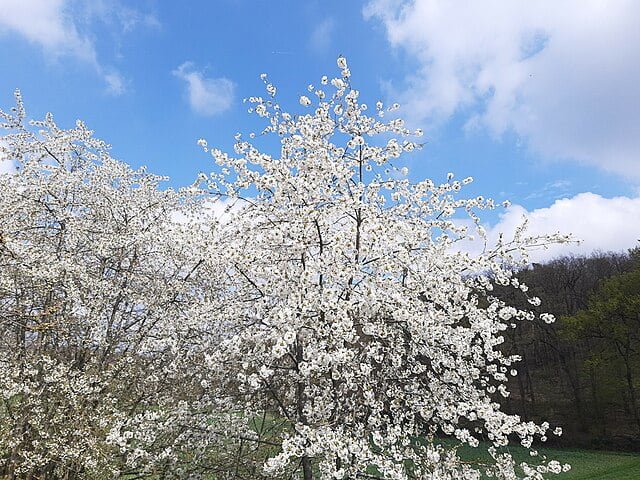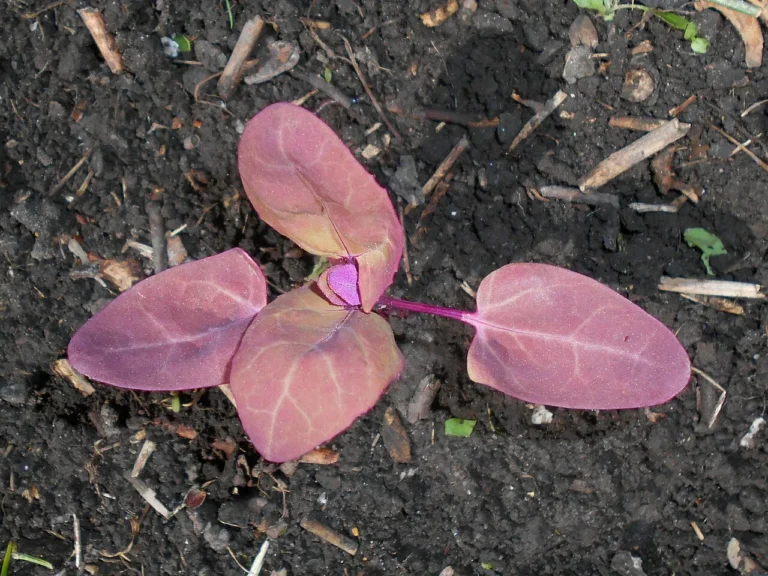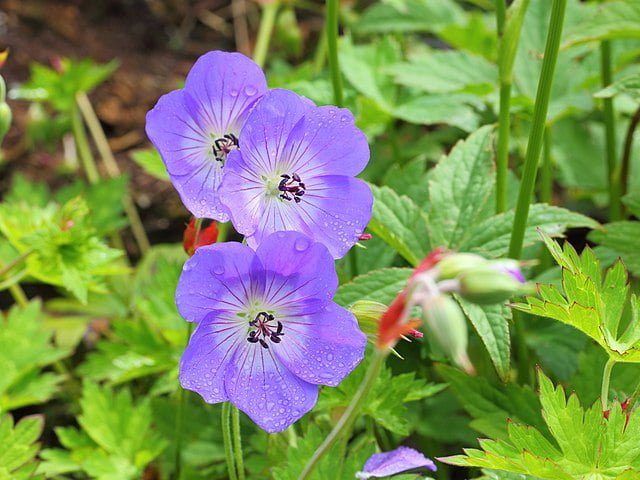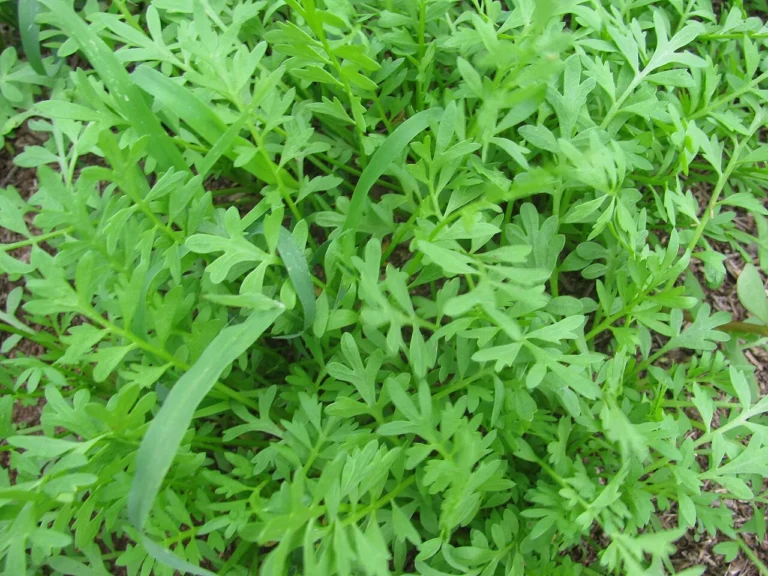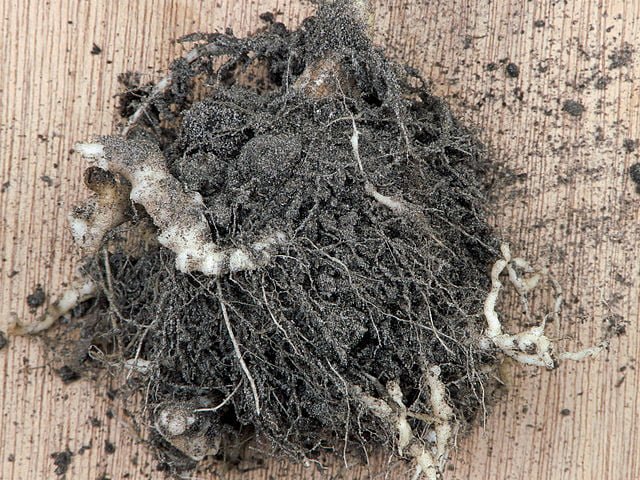Container Gardening Tips: Unlocking the Full Potential of Small Spaces
Whether you’re working with a petite patio or a sprawling balcony, container gardening allows you to flex your green thumb in even the tiniest of spaces. But how do you get started, and more importantly, how can you ensure your potted plants thrive? Welcome to our in-depth guide to container gardening tips that will help both newbies and seasoned gardeners make the most of their limited space.
Why Choose Container Gardening?

Container gardening offers numerous advantages, including:
- Versatility: Suitable for various types of plants, from flowers and herbs to vegetables and small trees.
- Mobility: Easily move containers around to optimize sun exposure or bring them indoors during harsh weather.
- Space Efficiency: Ideal for gardeners with limited outdoor space.
Selecting the Right Containers

Material Choices
Containers come in various materials like plastic, ceramic, metal, and wood. Each has its pros and cons in terms of aesthetics, weight, and insulation.
Size
Choose a container that is appropriate for your plant’s size and growth habit. Small pots may look cute but can restrict root growth, leading to unhealthy plants.
The Importance of Drainage
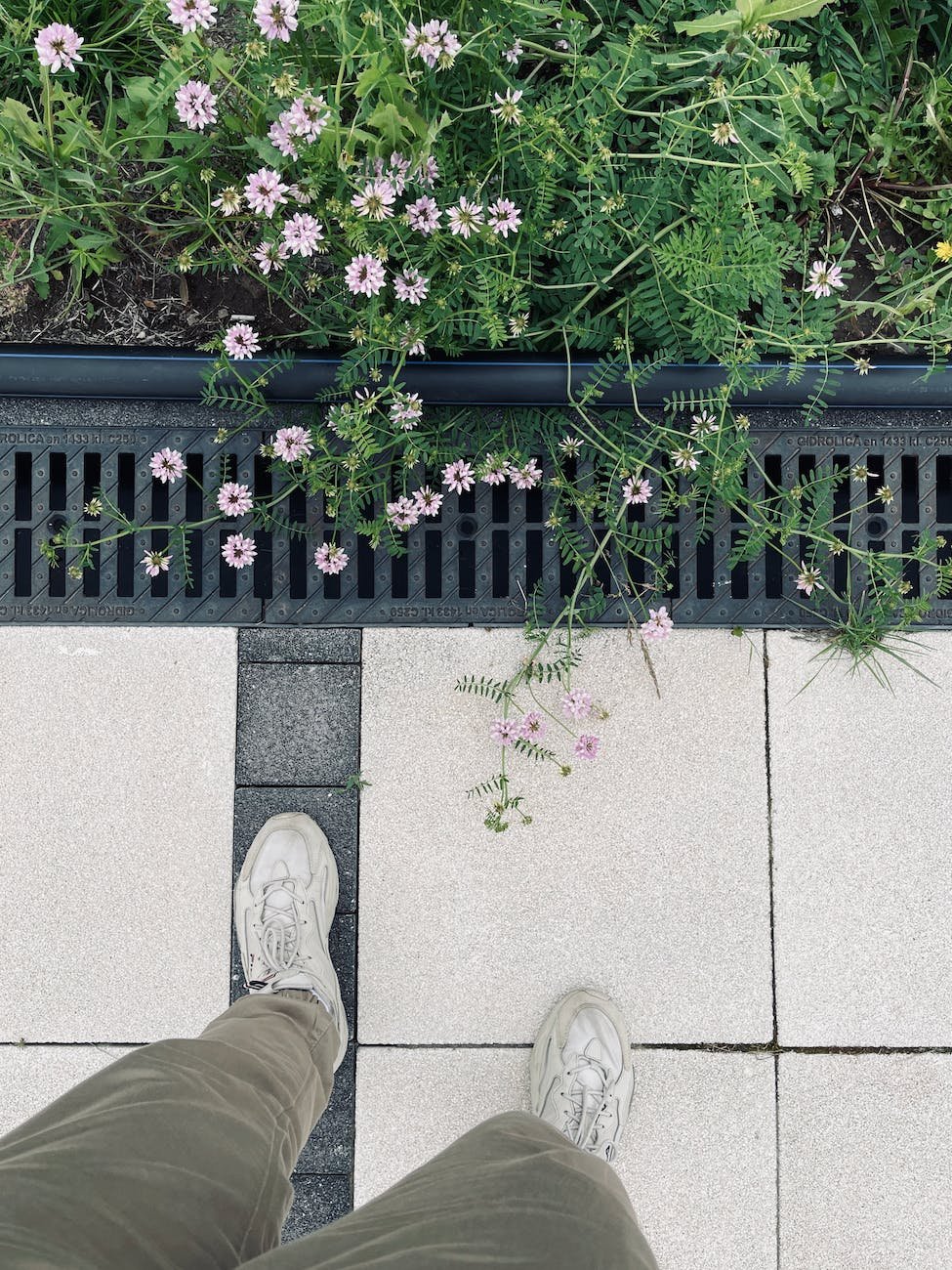
Good drainage is essential to prevent root rot. Make sure your containers have drainage holes at the bottom. Place a saucer beneath to catch excess water.
Soil Mixture Matters
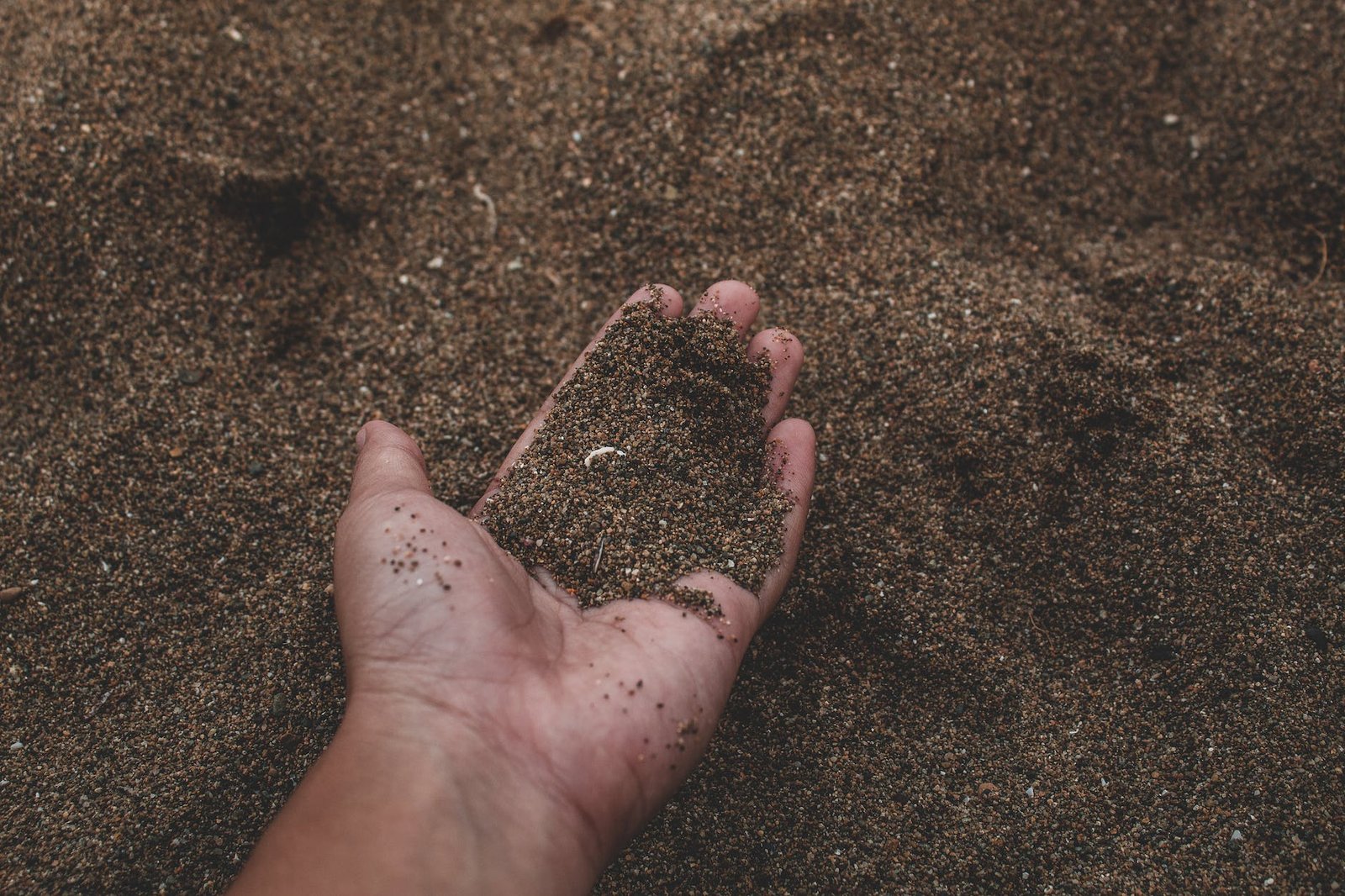
Ingredients
The ideal soil mix for container plants usually consists of peat moss, vermiculite, and compost. Commercial mixes are available, or you can make your own.
- Peat Moss
- Vermiculite
- Compost
pH Level
Test the pH level of your soil mixture to ensure it meets the needs of your specific plants. Acid-loving plants like azaleas may require a different mix than neutral to alkaline-preferring plants like herbs.
What Plants to Choose
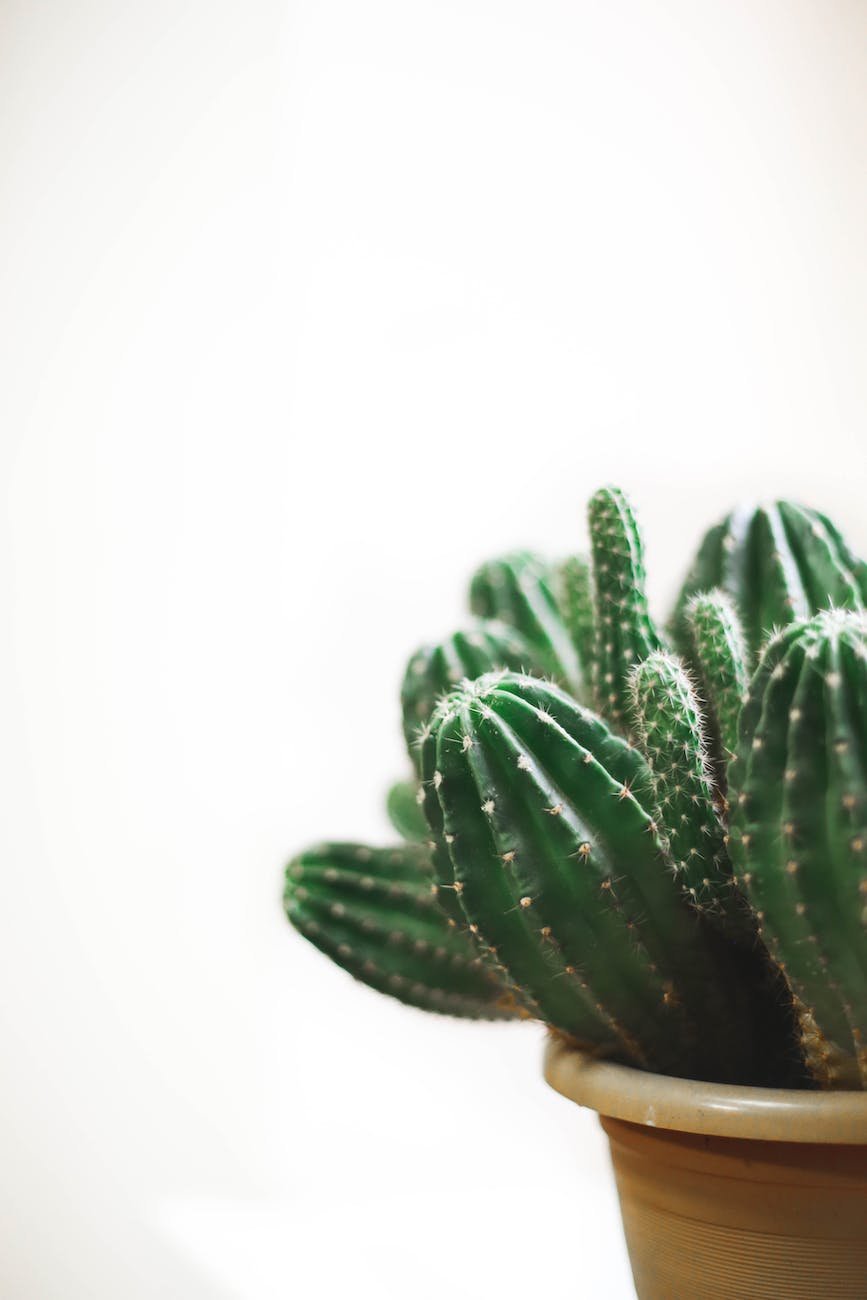
Light Conditions
Consider the amount of sunlight your space receives when choosing plants. Some plants require full sun, while others prefer shade.
Seasonality
Opt for plants that can thrive in your climate, keeping in mind the varying conditions from season to season.
Watering and Fertilizing
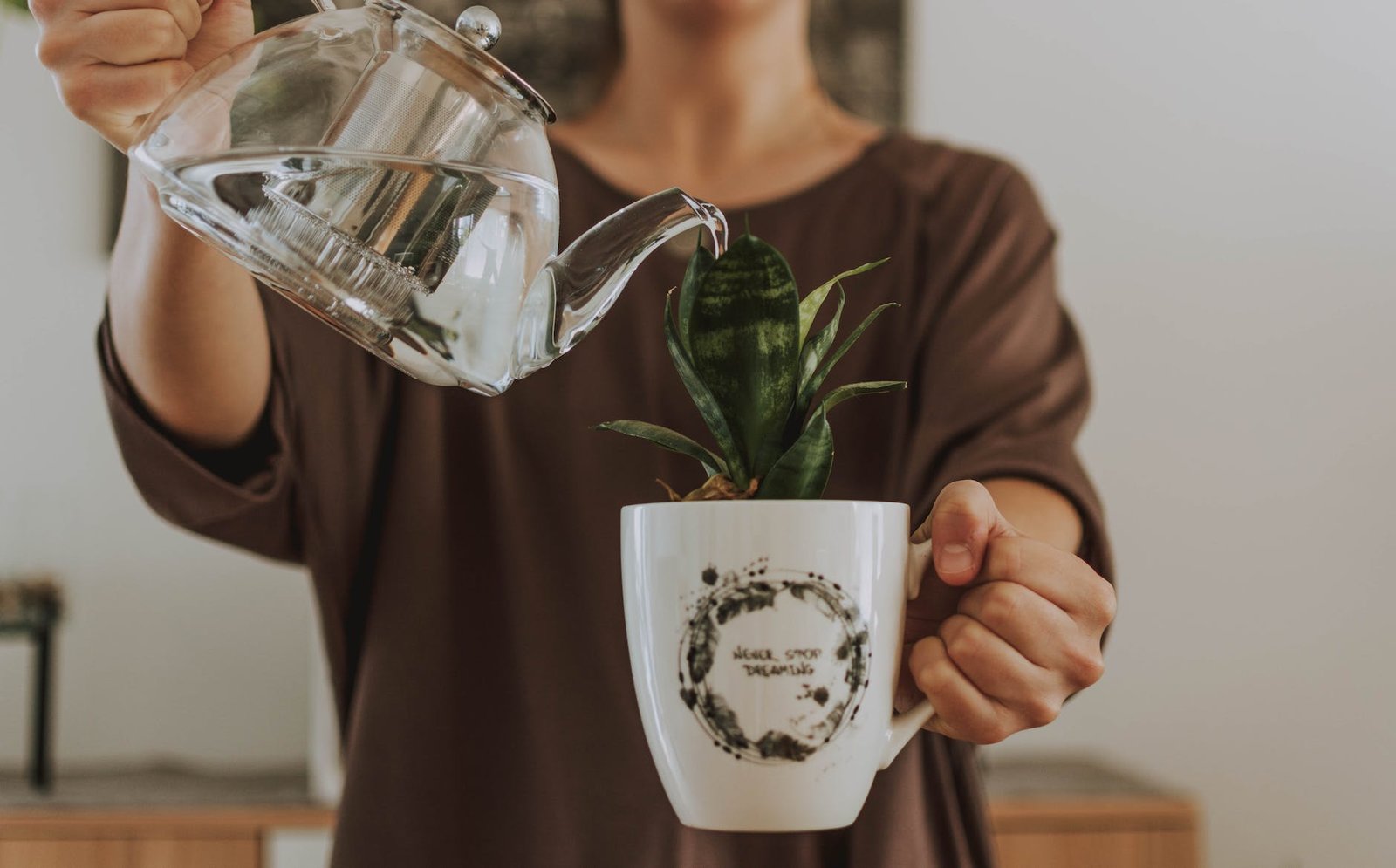
Watering
Overwatering is a common mistake in container gardening. Use a watering schedule and adjust it based on climate conditions.
Fertilizing
Regularly fertilize your plants, but avoid over-fertilizing, which can lead to nutrient imbalances.
Seasonal Care
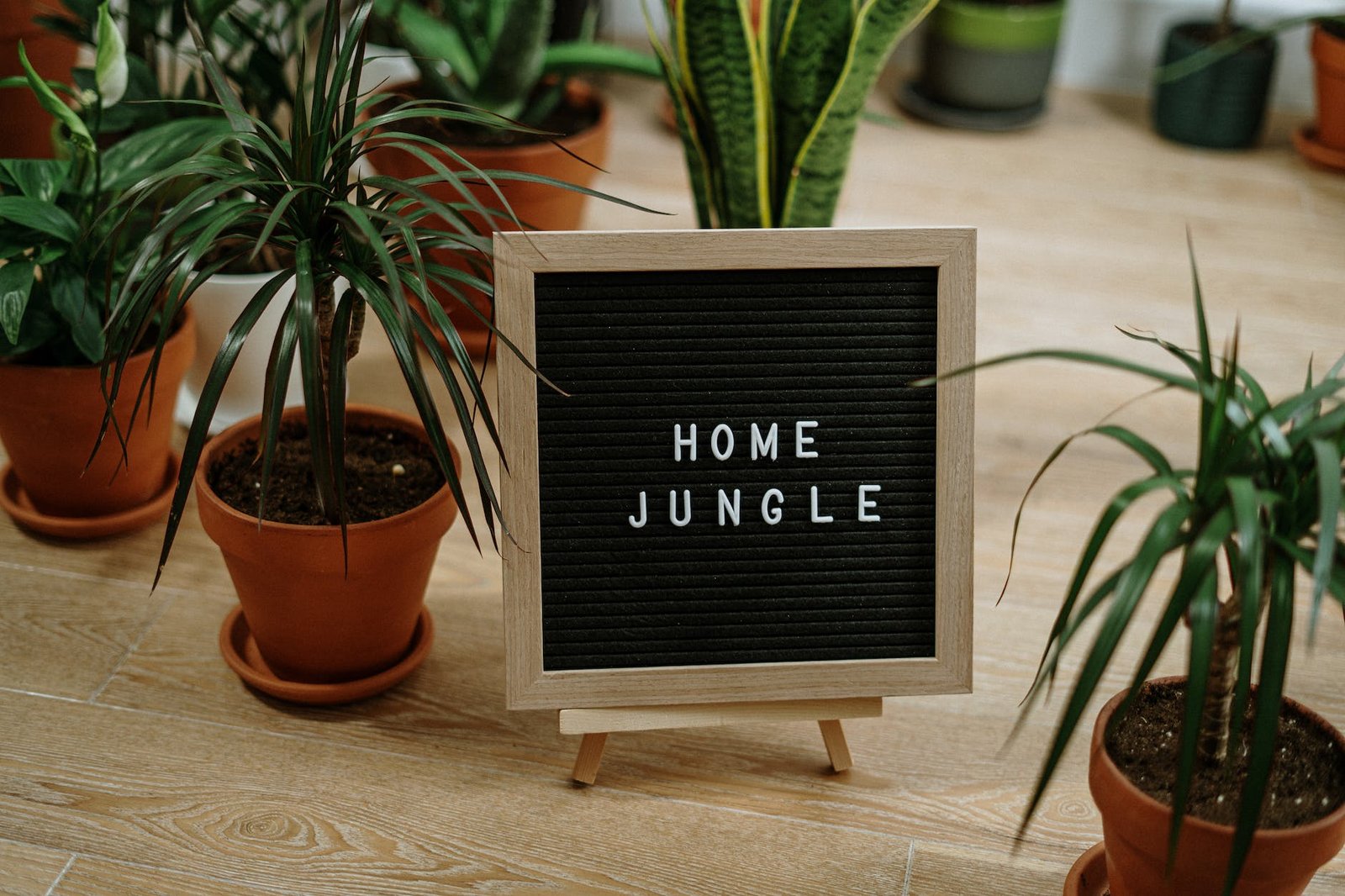
Winter
For perennial plants, move them indoors or provide adequate insulation.
Spring
Spring is the time to repot, prune, and start fertilizing your plants again.
Troubleshooting Common Issues
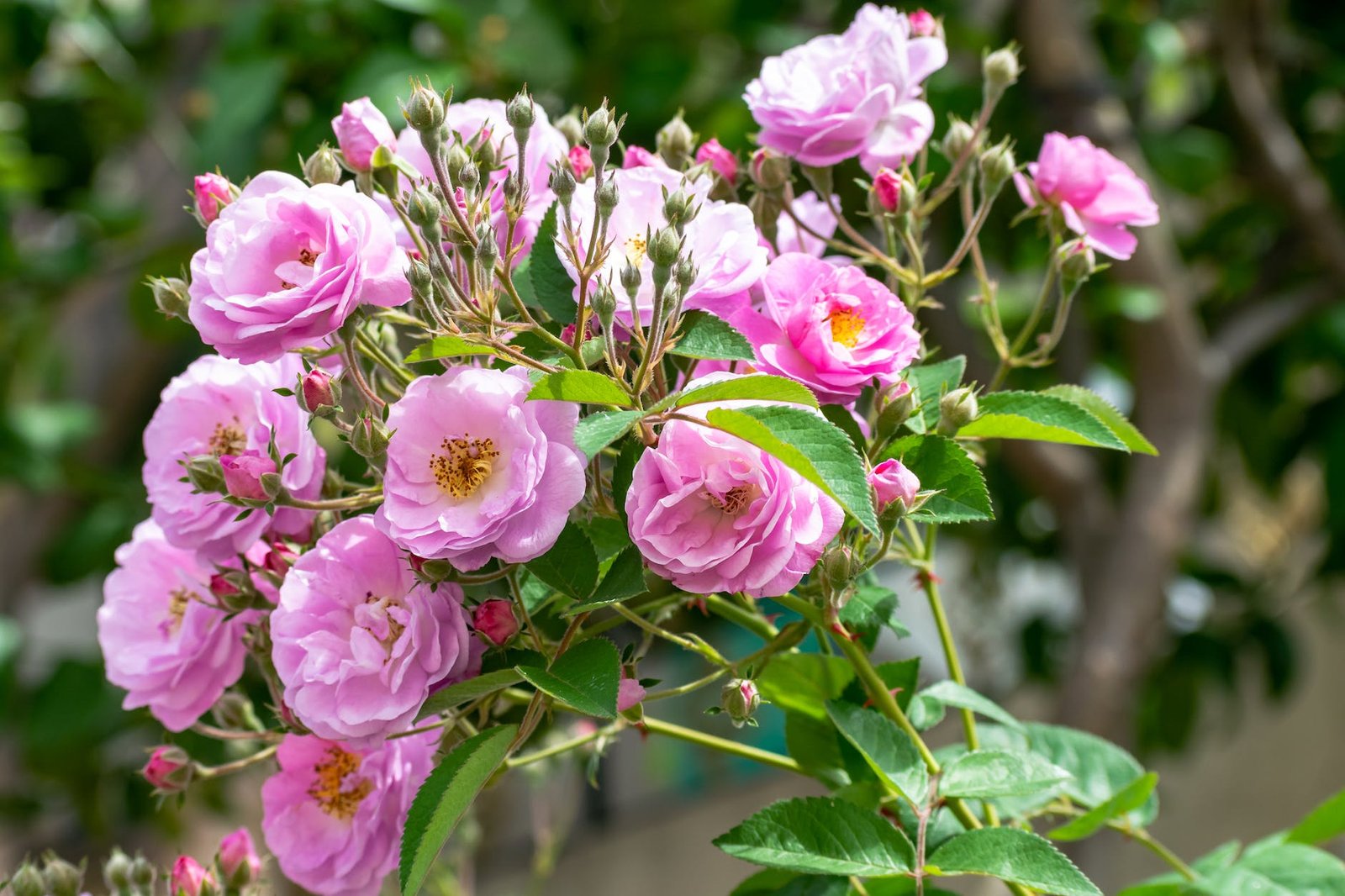
From pests to diseases, we’ll discuss how to identify and treat common problems in container gardening.
Pests
Regularly inspect your plants for signs of pests like aphids or spider mites. Treat as needed with organic pesticides.
Diseases
Ensure proper air circulation and drainage to prevent diseases like root rot or powdery mildew.
Final Thoughts
Container gardening is an exciting venture that offers endless possibilities. With the right strategies, you can turn even a modest space into a lush, vibrant garden.
For more gardening tips and tricks, be sure to stay connected with Gardeners Emporium!
We hope you found this comprehensive guide on container gardening tips helpful. Stick around for more articles that cater to gardeners of all experience levels, right here at Gardeners Emporium.

